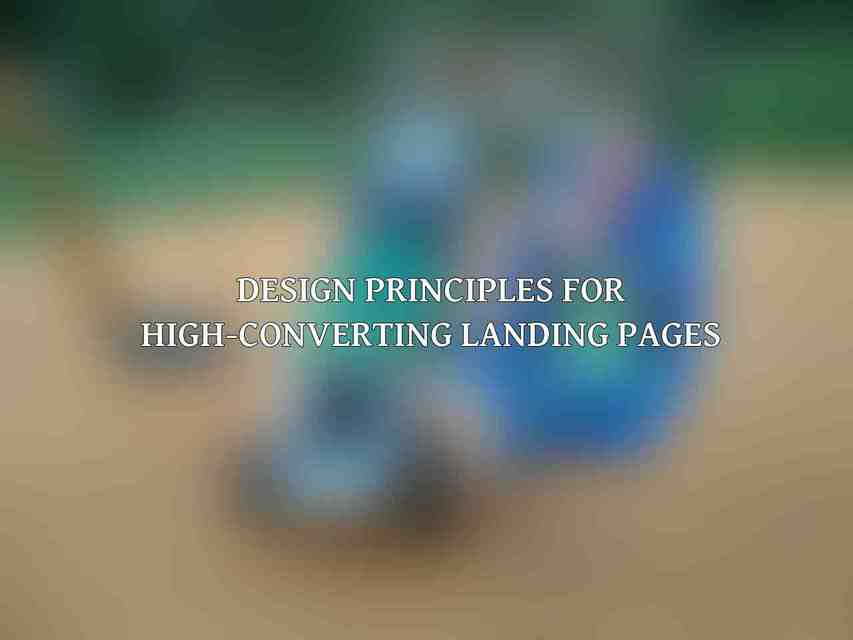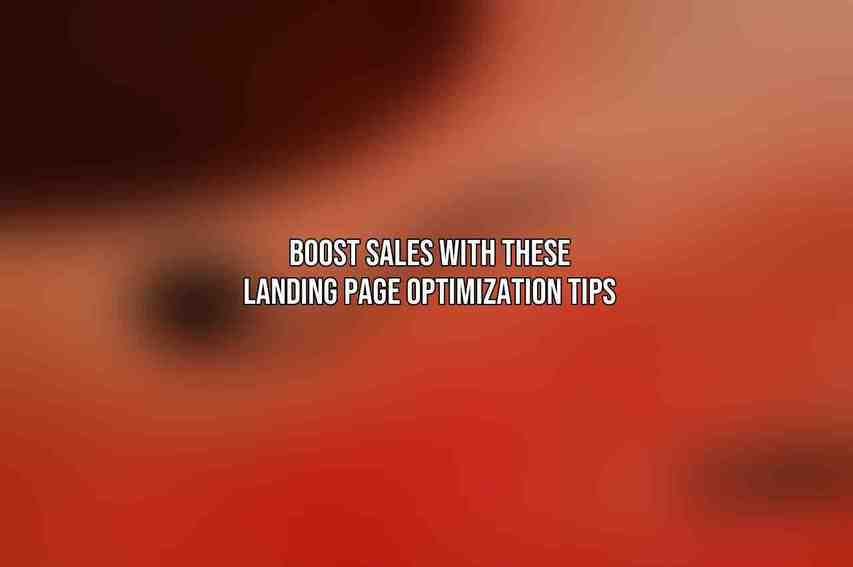Landing pages are a critical part of any digital marketing strategy, designed with a specific purpose in mind Read more on How to Optimize Your E-Commerce Checkout Process
– to convert visitors into leads or customers. These standalone web pages are created for focused marketing campaigns and are where a visitor “lands” after clicking on a link in an email, social media post, or advertisement. They serve as the virtual storefront of your business, making a strong first impression on potential customers.
A. Definition and Purpose

Landing pages are crafted with a singular goal, whether it’s to capture leads, sell a product, or encourage event registrations. By eliminating distractions and guiding visitors towards a specific action, landing pages can significantly increase conversion rates compared to typical website pages.
B. Types of Landing Pages
- Lead Generation PagesThese pages are designed to capture visitor information in exchange for valuable content such as eBooks, whitepapers, or newsletters.
- Product Sales PagesProduct sales pages focus on selling a specific product or service, showcasing its benefits and driving visitors towards a purchase.
- Event Registration PagesEvent registration pages aim to get visitors to sign up for conferences, webinars, or other events by highlighting key details and benefits.
Design Principles for High-Converting Landing Pages

The design of a landing page plays a crucial role in capturing visitor attention and encouraging them to take the desired action. By following key design principles, you can create landing pages that effectively drive conversions.
A. Clear Value Proposition
- Define the Target Audience: Understanding who your ideal customers are is crucial in crafting a compelling value proposition that resonates with them.
- Identify Their Needs and Pain Points: Tailoring your message to address the specific needs and challenges of your audience can greatly enhance the effectiveness of your landing page.
B. Strong Visual Hierarchy
- Use Attention-Grabbing Visuals: Incorporating engaging images, videos, and graphics can help draw attention to key elements on the page.
- Guide the Visitor’s Eye Flow: Structuring the page layout in a way that naturally leads visitors towards the Call to Action (CTA) can improve conversion rates.
C. Compelling Copywriting
- Use Persuasive Language and Strong CTAs: Crafting compelling copy that clearly conveys the benefits of your offer and includes a strong Call to Action (CTA) can drive conversions.
- Proofread Carefully and Test Readability: Ensuring that your copy is error-free and easy to read is essential for maintaining visitor engagement.
D. Optimized for Mobile Viewing
- Responsive Design for All Screen Sizes: With a significant portion of web traffic coming from mobile devices, it’s crucial to ensure that your landing page is optimized for seamless viewing across various screen sizes.
- Fast Page Load Times: Slow-loading pages can lead to high bounce rates. Optimizing your page for speed can improve user experience and conversion rates.
Continue reading in the next message…
Frequently Asked Questions
What is a landing page?
A landing page is a standalone web page created specifically for a marketing or advertising campaign. It is designed to drive visitors to take a specific action, such as making a purchase or signing up for a newsletter.
How can optimizing a landing page help boost sales?
Optimizing a landing page involves improving various elements such as layout, design, copy, and call-to-action buttons to make it more user-friendly and compelling for visitors. This can lead to increased conversions and ultimately boost sales.
What are some key tips for optimizing a landing page?
Some key tips for optimizing a landing page include simplifying the design, writing clear and persuasive copy, using high-quality images, creating a strong call-to-action, and testing different elements to see what works best.
How can I track the effectiveness of my landing page optimization efforts?
You can track the effectiveness of your landing page optimization efforts by using tools such as Google Analytics to monitor metrics like conversion rate, bounce rate, time on page, and more. This data can help you identify areas for improvement and make informed decisions.
What are some common mistakes to avoid when optimizing a landing page?
Some common mistakes to avoid when optimizing a landing page include having a cluttered design, using vague or confusing copy, not optimizing for mobile devices, having a weak call-to-action, and neglecting to test different variations to see what resonates best with visitors.

